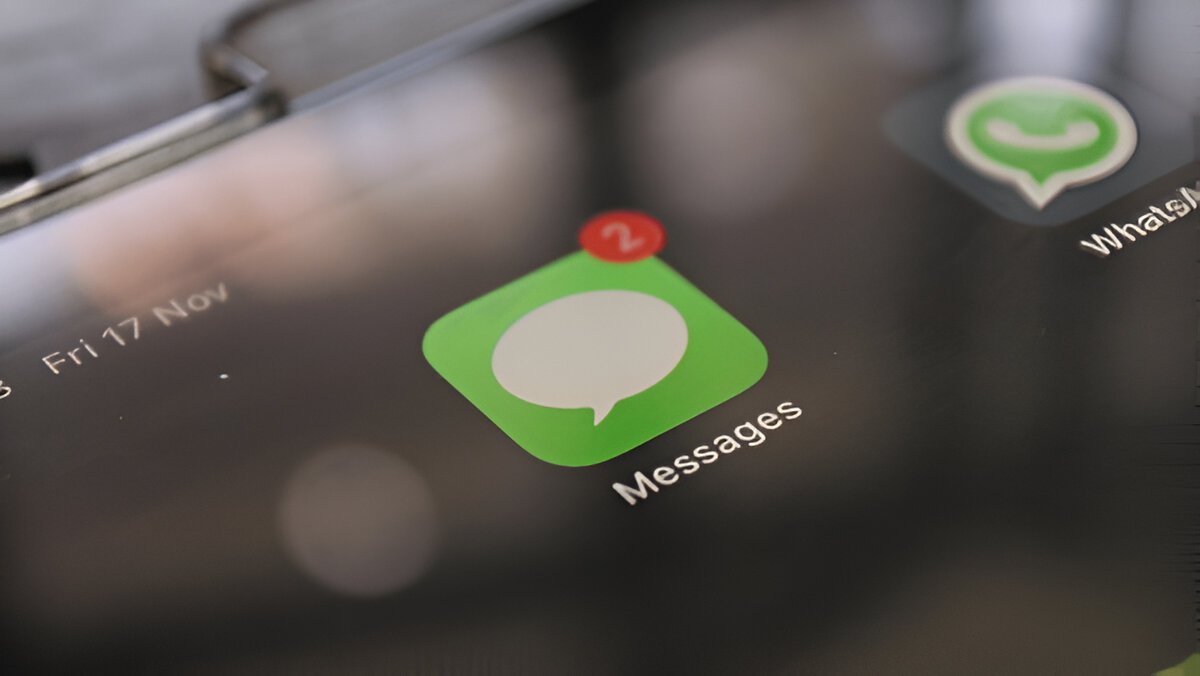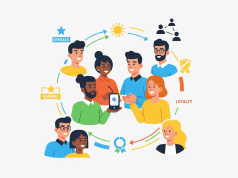Referral marketing thrives on simplicity and speed. In today’s digital world, people respond more quickly to a message on WhatsApp or SMS than to an email or a social media post. If you’re not using these instant communication tools to boost your referral campaigns, you’re missing out on high conversion opportunities.
WhatsApp and SMS offer two of the most personal, direct channels to connect with users. They work because they land right in your users’ hands, often with an instant notification. Let’s explore how you can use each one effectively to promote referrals and drive results.
Why Choose WhatsApp or SMS for Referrals?
Instant Reach and High Open Rates
SMS has an open rate of over 90% within the first 3 minutes. WhatsApp messages often get read instantly. That kind of response time makes these platforms perfect for urgent or limited-time referral promotions.
Personal and Direct
Unlike email or social media ads, a WhatsApp or SMS message feels personal. When someone gets a message on these platforms, it feels like a friend talking — not a business pushing a sale. That’s a powerful emotional trigger.
Setting Up a Referral Program via WhatsApp or SMS
To use WhatsApp or SMS for referrals, your program should be built with simplicity. A complex referral program won’t work well in this space because you’re limited to short messages.
Here’s what you’ll need:
-
A clear referral reward (e.g., “Give $5, Get $5”)
-
A short, trackable referral link
-
A one-line explanation
-
Call to action (CTA)
Once your referral system is ready, it’s time to deliver it using WhatsApp or SMS in a way that feels personal and valuable to the user. WhatsApp and SMS work well because they tap into the trust built through word-of-mouth, which is often more powerful than ads
WhatsApp Referral Promotion Strategy
1. Use Broadcast Lists (With Consent)
Create broadcast lists from your customer database, but only if users have given permission to receive WhatsApp messages. WhatsApp business rules are strict about consent.
Once you have your list, send referral messages like:
“Hi [Name], invite your friends and earn free credit! Share your unique link: [link]”
The message should sound human, not robotic. Avoid using too many emojis or links. Keep it short and conversational.
2. Integrate Referral Buttons
If your business already uses WhatsApp for support, add a quick reply or CTA button for referrals. For example:
“Would you like to refer a friend and get a reward?”
[Yes, show my link]
This gives users an effortless way to share without needing to copy and paste.
3. Follow Up with Reminders
Some users may open your message but not act. Use a gentle reminder 3–5 days later. For example:
“Still want to earn rewards? Share your referral link and get a bonus on your next order!”
Make sure not to spam. The timing should be respectful and the message helpful.
SMS Referral Promotion Strategy
1. Use Personalized Messages
SMS space is limited — usually 160 characters — so make each word count. Personalization helps. Example:
“Hi John, refer a friend and both of you get 20% off! Share: [link]”
Avoid complicated sentences or generic tone. This is a conversation, not an announcement.
2. Send at the Right Time
Timing is key. Send SMS messages during business hours, ideally when people are likely to be on their phones — lunchtime, mid-morning, or early evening.
Avoid sending multiple messages in a short span. If you’re reminding them, leave a gap of several days between messages.
3. Use a Shortcode for Replies (Optional)
You can enhance interaction by including a reply shortcode. For example:
“Reply YES to get your referral link now!”
When the user replies “YES,” you can automatically send their unique referral code or link.
Best Practices for Both Platforms
Use a Tracking System
Whether you use a CRM, referral software, or a simple spreadsheet, always track who shares links and who joins through them. WhatsApp and SMS don’t provide native analytics, so you’ll need to rely on unique codes or UTM tags.
Stay Compliant
For WhatsApp, you must have user opt-in. For SMS, always include a way to opt out, like “Reply STOP to unsubscribe.”
Privacy laws vary by country, so be sure to follow regulations like GDPR or TCPA if they apply to your business.
Make It Easy to Share
Avoid forcing users to download a brochure or visit a full website before referring someone. Include a “one-tap” link they can send to their friends. When someone clicks it, they should land on a page that clearly explains the benefit.
Real-Life Example: Small Business Success
A small food delivery startup in Dhaka began sending WhatsApp messages with simple referral links to their regular customers. The message included the customer’s name, a quick thank you, and an invite to refer a friend for a discount. Within the first week, their referral traffic tripled.
Why did it work?
-
The tone was personal
-
The offer was clear
-
The process to refer was easy
WhatsApp made it feel like a friend recommending the service, not a faceless brand pushing an ad.
When to Use WhatsApp vs. SMS
| Use Case | SMS | |
|---|---|---|
| User base with smartphones and internet | ✅ | ❌ |
| Instant read + visual elements | ✅ | ❌ |
| Reaching feature phone users | ❌ | ✅ |
| Quick short updates | ✅ | ✅ |
| Countries with low WhatsApp usage | ❌ | ✅ |
Choose based on your audience. In many regions, WhatsApp is dominant. In others, like the U.S., SMS still performs better.
Conclusion: Build a Referral Channel That Feels Human
Referrals succeed when they feel natural, like a recommendation from a friend. WhatsApp and SMS give you the tools to make that happen — fast, direct, and personal.
You don’t need fancy automation to get started. Just a clear message, a short link, and a helpful tone.
As you begin, test different messages, timings, and rewards. Keep tracking results and adjusting. You’ll find that promoting referrals using WhatsApp or SMS can become one of your most effective marketing channels — if done right.









